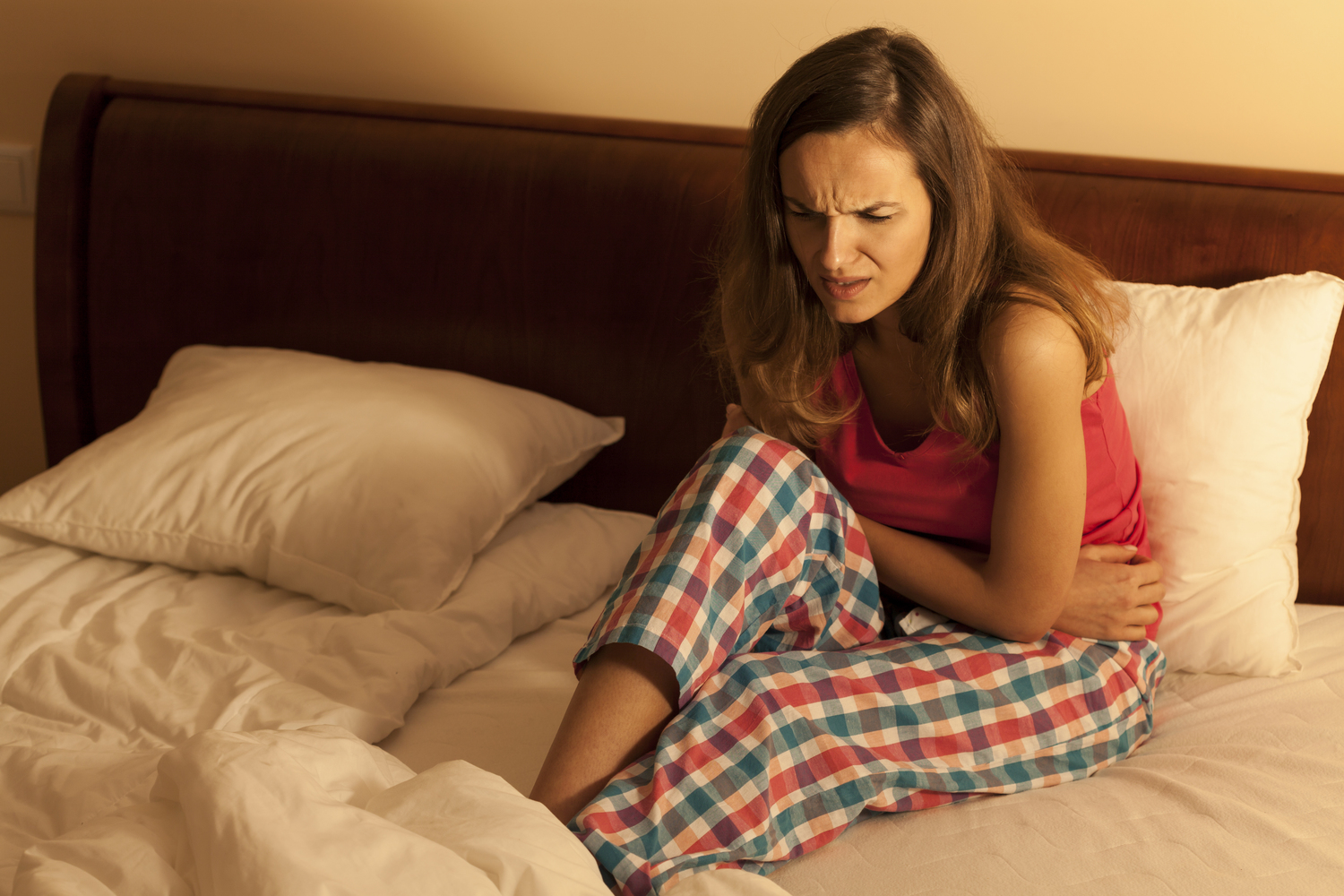
Here’s what you should know about irregular menstruation
Menstruation or periods start during puberty and go on until menopause occurs. A woman experiences irregular periods or oligomenorrhea when there is a hormonal imbalance, a change in the method of contraception she takes, when she takes up endurance exercises, or due to hormonal changes when she approaches menopause. Irregular menstruation is quite common during puberty and menopause. However, if it occurs during the reproductive years, it is important to seek medical care.
Read on to know more about the symptoms, causes, and complications of irregular menstruation.
Symptoms of irregular menstruation
Usually, menstrual cycles last for around 28 days. However, in some cases, cycles can vary between 24 and 35 days. In most cases, women have 11 to 13 menstrual cycles in a year; each cycle lasts for around 5 days. However, in certain cases, the cycles can last for between 2 to 7 days. In the beginning, when menstruation starts during puberty, it usually takes about 2 years for a regular cycle to be established. For most women, menstruation becomes regular after puberty with the nearly the same length of time between two consecutive periods.
Irregular periods occur when the length of time between consecutive cycles and the amount of blood shed varies a lot. One of the most visible symptoms of irregular menstruation are cycles that are longer than 35 days. Cycles that vary in length also indicate irregular menstruation. Other symptoms include changes in the flow of blood and blood clots that seem bigger than 2.5 centimeters in diameter.
Causes of irregular menstruation
Irregular menstruation occurs due to multiple factors, among which hormonal imbalance is the most prominent one. Estrogen and progesterone are the two hormones that have the most influence on menstruation, as these regulate the cycles. Imbalances may occur during puberty, pregnancy, childbirth, breastfeeding, and menopause.
During the onset of puberty, there are major changes going on inside the body. It takes a few years (at least 2 years) for the progesterone and estrogen levels to be balanced. During this time, it is quite usual to have irregular menstruation cycles.
When a woman is pregnant, menstruation stops. Moreover, many women do not menstruate when they are breastfeeding. In some cases, the use of contraceptives can also cause irregular menstruation. It has been observed that there may be heavy bleeding due to the use of an intrauterine device or IUD. In the case of contraceptive pills, there can be spotting between periods. In the initial days of using contraceptive pills, there can be small bleedings, which are lighter and shorter than normal periods. These generally last for only a few months.
Irregular periods are also common just before the onset of menopause. Also, the amount of blood shed during this time will vary. A woman has menopause when it has been 12 months since her last menstruation cycle. She will cease to have periods after her menopause.
The other causes of irregular menstruation include extreme weight gain, extreme weight loss, emotional stress, anorexia, bulimia, and endurance exercise such as marathon running.
Complications of irregular menstruation
In most cases, irregular menstruation is caused due to a health problem. If left undiagnosed, these can lead to other serious complications, including fertility issues. Irregular menstruation can be indicative of polycystic ovarian syndrome (PCOS), thyroid disorder, cervical or uterine cancer, pelvic inflammatory disease, and endometriosis.


